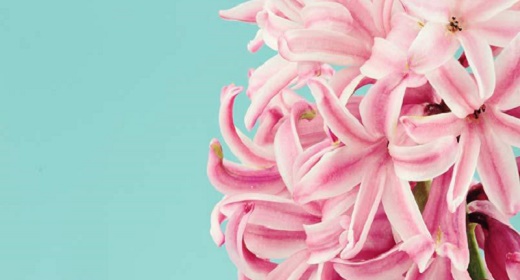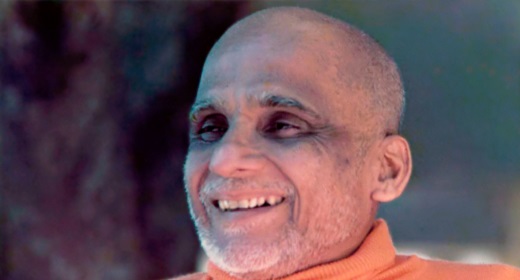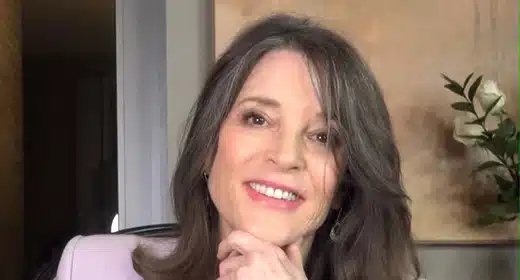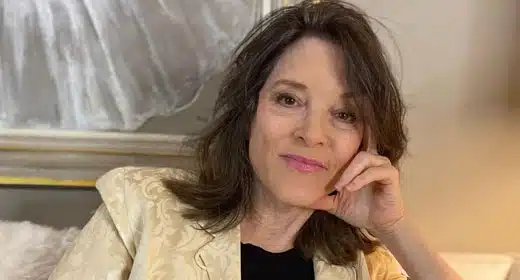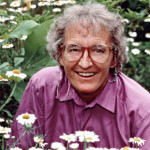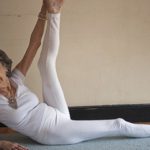by Hannah Nichols: Yoga is a mind and body practice with a 5,000-year history in ancient Indian philosophy…
Various styles of yoga combine physical postures, breathing techniques, and meditation or relaxation.
In more recent years, it has become popular as a form of physical exercise based upon poses that promote improved control of the mind and body and enhance well-being.
There are several different types of yoga and many disciplines within the practice. This article explores the history, philosophy, and various branches of yoga.
In the modern world, the South Asian art of yoga has expanded to all corners of the globe. While it is now a popular form of exercise and meditation, this has not always been the case.
History
There is no written record of the inventor of yoga.
Male yoga practitioners are known as yogis, and female yoga practitioners are called yoginis. Both practiced and taught yoga long before any written account of yoga came into existence.
Over the next five millennia, yogis passed the discipline down to their students, and many different schools of yoga developed as the practice expanded its global reach and popularity.
The “Yoga Sutra,” a 2,000-year-old treatise on yogic philosophy by the Indian sage Patanjali, is a guidebook on how to master the mind, control the emotions, and grow spiritually. The Yoga Sutra is the earliest written record of yoga and one of the oldest texts in existence and provides the framework for all modern yoga.
Yoga is well known for its postures and poses, but they were not a key part of original yoga traditions in India. Fitness was not a primary goal. Practitioners and followers of yogic tradition focused instead on other practices, such as expanding spiritual energy using breathing methods and mental focus.
The tradition began to gain popularity in the West at the end of the 19th century. An explosion of interest in postural yoga occurred in the 1920s and 1930s, first in India and later in the West.
To convey its spiritual message and guide sessions, yoga often uses the imagery of a tree with roots, a trunk, branches, blossoms, and fruits. Each “branch” of yoga represents a different focus and set of characteristics.
The six branches are:
- Hatha yoga: This is the physical and mental branch designed to prime the body and mind.
- Raja yoga: This branch involves meditation and strict adherence to a series of disciplinary steps known as the “eight limbs” of yoga.
- Karma yoga: This is a path of service that aims to create a future free from negativity and selfishness.
- Bhakti yoga: This aims to establish the path of devotion, a positive way to channel emotions and cultivate acceptance and tolerance.
- Jnana yoga: This branch of yoga is about wisdom, the path of the scholar, and developing the intellect through study.
- Tantra yoga: This is the pathway of ritual, ceremony, or consummation of a relationship.
Approaching yoga with a specific goal in mind can help a person decide which branch to follow.
Chakras
The word “chakra” literally means spinning wheel.
Yoga maintains that chakras are center points of energy, thoughts, feelings, and the physical body. According to yogic teachers, chakras determine the way people experience reality through emotional reactions, desires or aversions, levels of confidence or fear, and even physical symptoms and effects.
When energy becomes blocked in a chakra, it is said to trigger physical, mental, or emotional imbalances that manifest in symptoms, such as anxiety, lethargy, or poor digestion.
Asanas are the many physical positions in Hatha yoga. People who practice yoga use asanas to free energy and stimulate an imbalanced chakra.
There are seven major chakras, each with their own focus:
- Sahasrara: The “thousand-petaled” or “crown” chakra represents the state of pure consciousness. This chakra is located at the crown of the head, and the color white or violet represents it. Sahasrara involves matters of inner wisdom and physical death.
- Ajna: The “command” or “third-eye chakra” is a meeting point between two important energetic streams in the body. Ajna corresponds to the colors violet, indigo, or deep blue, though traditional yoga practitioners describe it as white. The ajna chakra relates to the pituitary gland, which drives growth and development.
- Vishuddha: The color red or blue represents the “especially pure” or “throat” chakra. Practitioners consider this chakra to be the home of speech, hearing, and metabolism.
- Anahata: The “unstruck” or “heart” chakra relates to the colors green and pink. Key issues involving anahata include complex emotions, compassion, tenderness, unconditional love, equilibrium, rejection, and wellbeing.
- Manipura: Yellow represents the “jewel city” or “navel” chakra. Practitioners connect this chakra with the digestive system, as well as personal power, fear, anxiety, developing opinions, and tendencies towards an introverted personality.
- Svadhishthana: Practitioners claim that the “one’s own base” or “pelvic” chakra is the home of the reproductive organs, the genitourinary system, and the adrenal gland.
- Muladhara: The “root support” or “root chakra” is at the base of the spine in the coccygeal region. It is said to contain our natural urges relating to food, sleep, sex, and survival, as well as the source of avoidance and fear.

Modern yoga has evolved with a focus on exercise, strength, flexibility, and breathing. It can help boost physical and mental well-being.
There are many styles of yoga, and no style is more authentic or superior to another. The key is to choose a class appropriate for your fitness level.
Types and styles of yoga may include:
Ashtanga yoga: This type of yoga uses ancient yoga teachings. However, it became popular during the 1970s. Ashtanga applies six established sequences of postures that rapidly link every movement to breath.
Bikram yoga: Also known as “hot” yoga, Bikram occurs in artificially heated rooms at temperatures of nearly 105 degrees and 40 percent humidity. It consists of 26 poses and a sequence of two breathing exercises.
Hatha yoga: This is a generic term for any type of yoga that teaches physical postures. “Hatha” classes usually serve as a gentle introduction to the basic yoga postures.
Iyengar yoga: This type focuses on finding the correct alignment in each pose using a range of props, such as blocks, blankets, straps, chairs, and bolsters.
Jivamukti yoga: Jivamukti means “liberation while living.” This type emerged in 1984 and incorporates spiritual teachings and practices that focus on the fast-paced flow between poses rather than the poses themselves.
This focus is called vinyasa. Each class has a theme, which is explored through yoga scripture, chanting, meditation, asana, pranayama, and music. Jivamukti yoga can be physically intense.
Kripalu yoga: This type teaches practitioners to know, accept, and learn from the body. A student of Kripalu learns to find their own level of practice by looking inward. The classes usually begin with breathing exercises and gentle stretches, followed by a series of individual poses and final relaxation.
Kundalini yoga: Kundalini means “coiled, like a snake.” Kundalini yoga is a system of meditation that aims to release pent-up energy.
A class typically begins with chanting and ends with singing. In between, it features asana, pranayama, and meditation customized to create a specific outcome.
Power yoga: In the late 1980s, practitioners developed this active and athletic type of yoga, based on the traditional ashtanga system.
Sivananda: This is a system based on a five-point philosophy. This philosophy maintains that proper breathing, relaxation, diet, exercise, and positive thinking work together to form a healthy yogic lifestyle. Typically uses the same 12 basic asanas, bookended by sun salutations and savasana poses.
Viniyoga: Viniyoga can adapt to any person, regardless of physical ability. Viniyoga teachers require in-depth training and tend to be experts on anatomy and yoga therapy.
Yin: This is a quiet, meditative yoga practice, also called taoist yoga. Yin yoga allows the release of tension in key joints, including:
- the ankles
- knees
- · hips
- the whole back
- neck
- shoulders
Yin poses are passive, meaning that gravity shoulders most of the force and effort.
Prenatal yoga: Prenatal yoga uses postures that practitioners have designed for people who are pregnant. It can support people in getting back into shape after pregnancy as well as supporting health iduring pregnancy.
Restorative yoga: This is a relaxing method of yoga. A person spends a restorative yoga class in four or five simple poses, using props like blankets and bolsters to sink into deep relaxation without exerting any effort in holding the pose.



